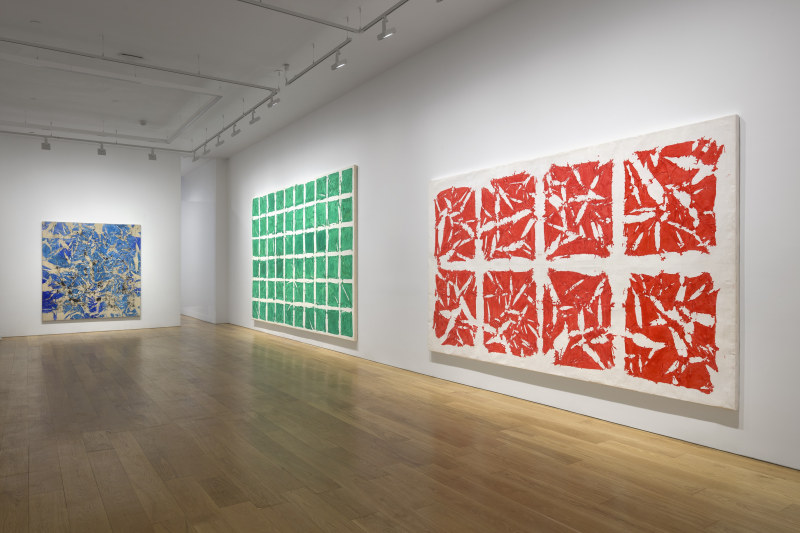Contributed by David Carrier / What comes after Abstract Expressionism? A couple of generations ago, American art writers were intent on addressing that question. The American color field art of Morris Louis, Kenneth Nolan and Jules Olitski was one plausible answer. Then, of course, came Jasper Johns, Robert Rauschenberg, and much more. The French had a different answer. They were interested in the abstraction of Hungarian-born Simon Hantaï (1922–2008), who moved to France in 1948 and whose work seemed in line with the post-structuralist theory that had taken hold there. His inspirations were Marxism, Catholic tradition, Matisse, Picasso, and Jackson Pollock as seen in Paris exhibitions, and his bête noire was Surrealism. Given these rich and disparate interests and impulses, it goes almost without saying that Hantaï developed a highly distinctive aesthetic. Long famous in France, his paintings recently have been shown in several ambitious Manhattan galleries, notably Timothy Taylor.
Simon Hantaï: Canonical at last?
David Carrier, Two Coats of Paint, 28 February 2024

